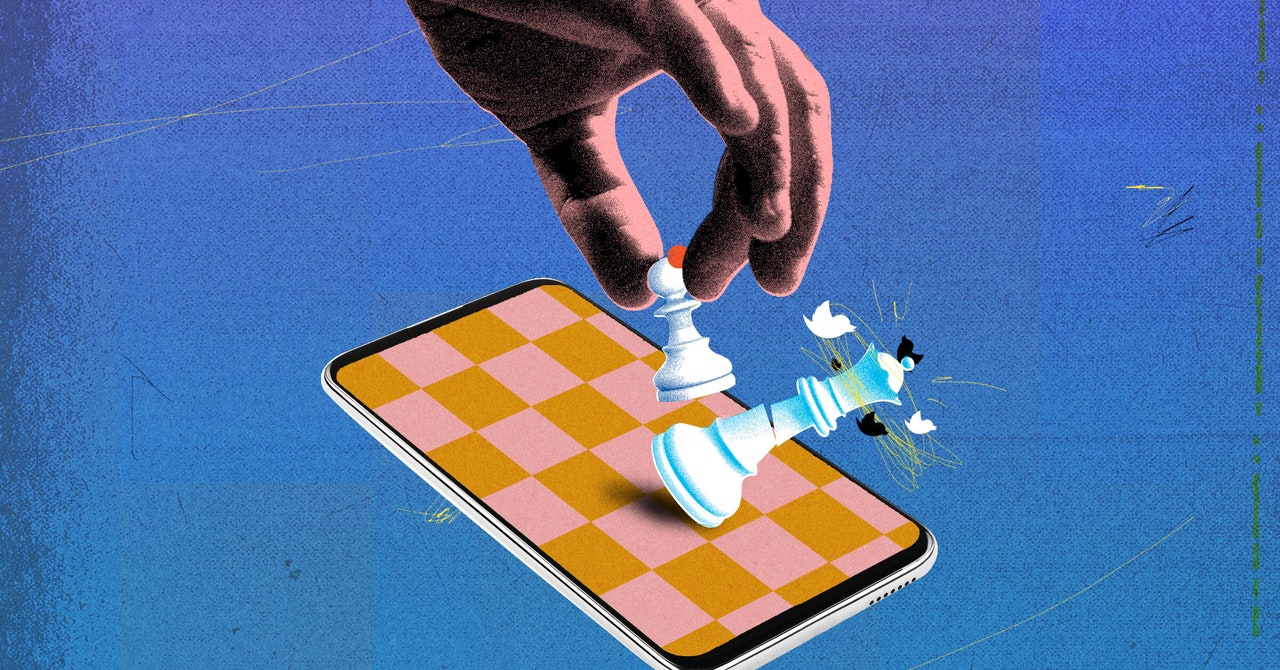I am a millennial. That means most of my friends either have babies or have jobs where they spend most of their day in front of a computer. These are not lives that easily translate to visual platforms like TikTok or Instagram. When I open Instagram today, my feed is full of ads and posts from brands I don’t like anymore and musicians I barely listen to (sorry, Dua Lipa).
However, LinkedIn feels like the last remnant of the centralized internet of the 2010s. For people who grew up with Bebo, Myspace, and Facebook, the way LinkedIn offers you text and images on a single news feed feels comfortable and familiar. I still use messaging apps like everyone else. But while groups on WhatsApp and Signal require active engagement, you can still passively scroll on LinkedIn.
If Facebook’s problem was too many people joining, making the News Feed feel jarring (does anyone need their ex-boyfriend’s latest updates to appear alongside their aunt’s?), Twitter’s problem 250 million user base was too niche. To me, Twitter is a social media silo; it’s where I hang out with people I usually meet through work. It feels like a whole piece of my life, my life outside of work, is missing.
My own LinkedIn habit started when I joined WIRED and saw colleagues using the site to share their articles. The platform claims nearly 900 million users. So, in a relentless pursuit of readers, I joined them. Then something strange happened. Those who interacted with my posts weren’t just people I knew from work. They were school friends, classmates, people I had known for decades. When I shared good news on LinkedIn, friends personally congratulated me that weekend. Suddenly I was faced with the prospect of a “professional network” achieving what Twitter had never achieved. It brought my work life and my social life together. LinkedIn became a one-stop social media site.
That doesn’t mean that everyone who uses LinkedIn is having a good time. Even the friends I see there the most describe their participation as reluctant. They say they enjoy seeing their friends’ updates on the site, but they’re mainly on LinkedIn for their careers. “Work encourages us to use it and I think it’s pretty good to get your name out there,” says Delia, who works in real estate in London. She may use LinkedIn every day, but wouldn’t describe herself as an addict. “Give me dog videos on Instagram every day.”
LinkedIn declined to tell me whether or not it had seen a spike in usage since Elon Musk took over Twitter. Alternatively, the platform may not be perfect either. If people’s problem with Twitter is that it’s run by the richest man in the world, maybe it wouldn’t make sense to move to a platform owned by Microsoft – a company founded by the fifth richest man in the world, Bill Gates. Cost is also a problem. “LinkedIn Premium membership is expensive,” said Corinne Podger, who leads training programs for journalists. A monthly subscription starts at $29.99 per month.
But at least within my group of friends, LinkedIn is finding a new relevance, even though talking about it feels wrong, almost taboo. But the fact that I see more close friends active on LinkedIn than any other platform shows how fragmented the social media industry is. The rise of LinkedIn could mean the death of social media as we know it, or the start of a new, unhealthy form of online presence where it’s impossible to separate work from your social life. But I’m sure of one thing: many of my friends may use LinkedIn, but I’ve yet to find someone who is proud of it.

